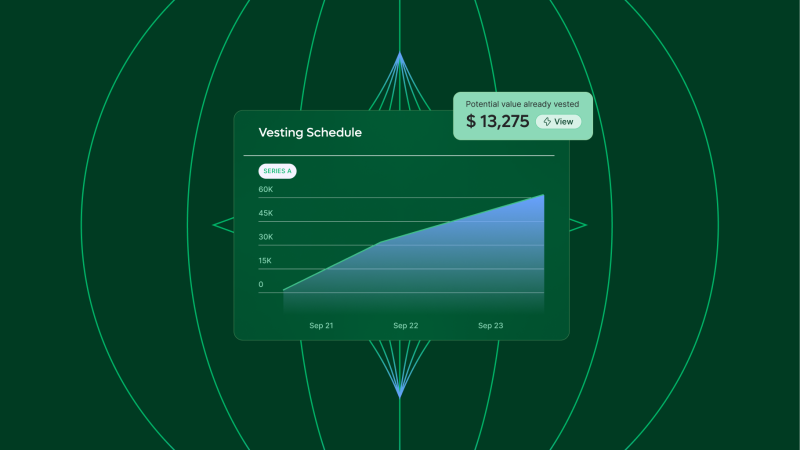What is a tangible reward?
Tangible rewards vs. intangible rewards
Examples of tangible rewards for employees
What is a tangible reward?
What is a tangible reward?
In HR management, tangible rewards are a concrete, visible form of compensation or recognition given to an employee. These rewards can include bonuses, pay raises, gift cards, company merchandise, or even paid time off. They are designed to increase employee motivation, retention, and overall performance within the organisation.
Research shows that, in a globally distributed team, tangible rewards can be highly effective. They enable your company to communicate its appreciation and ensure that your employees feel valued. When they physically see or experience their rewards, it makes the recognition more real and meaningful, creating a powerful incentive.
Tangible rewards vs. intangible rewards
Tangible rewards vs. intangible rewards
Companies can also provide intangible rewards through non-physical forms of recognition. Generally, these kinds of rewards hold more of a psychological or emotional value and can include verbal or written praise, public recognition, flexible work hours, or opportunities for professional development and growth.
Tangible rewards are often favoured because of their clear monetary value, and their effectiveness at driving short-term performance improvements. They are easy to understand, distribute, and appreciate, and often deliver an immediate boost in employee motivation.
However, intangible rewards can hold a lot of weight, too. They foster a positive work environment, enhance employee satisfaction, and encourage a sense of belonging, all of which are crucial for team cohesion and productivity. They can also enhance job satisfaction and loyalty among employees, leading to lower turnover rates.
Ideally, your global compensation program should incorporate a balanced mix of both tangible and intangible rewards. Such a combination ensures that both the immediate and long-term needs of employees are met and that everyone feels adequately recognised for their efforts.
Before you introduce tangible rewards, you should:
Understand your employees’ preferences. Some people might prefer a monetary bonus as a reward for their work, while others may value an opportunity to take on more responsibility or even lead a project.
Communicate the process. Ensure your team understands the reward system, and be fully transparent about how rewards are distributed. This helps to mitigate potential misunderstandings or feelings of unfairness.
Assess the effectiveness of your rewards program. Gather feedback from your team and adjust your approach as needed. For example, some rewards may be more useful and valued than others, allowing you to create a more effective program for both you and your people.
Examples of tangible rewards for employees
Examples of tangible rewards for employees
There are many tangible rewards that you can offer, including:
Performance-based cash bonuses
Vouchers and gift cards
Branded company swag
Discounts or coupons for local businesses
Extra holiday days
Subscriptions to online and offline services
Commute subsidies
Social events and activities
Expenses-paid trips and retreats
In-person gifts
Accrual points to put towards “bigger” rewards
Each workplace is unique, so it's essential to assess your employees' preferences and needs, and align them with your company’s culture. Implementing a combination of these rewards can help attract and retain top talent while creating a supportive and engaging work environment.
Trending terms
Work from home (WFH) stipend
WFH stipends turn everyday spaces into extraordinary workplaces
Surcharge
Old legends, new triumphs
Paycheck
Upgrading the daily grind
EMS
Balancing work and well-being
Surcharge
Simplified structure, full control
Surcharge
Quietly counted compensation
Nepotism
Competence, not cousins
Upward mobility
Scaling heights, sans vertigo


